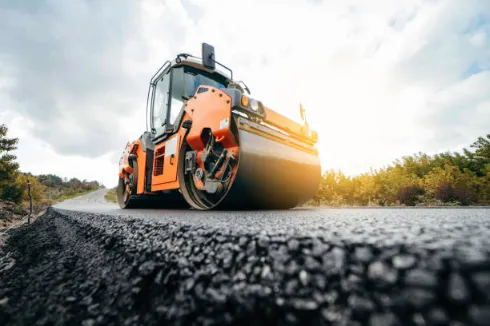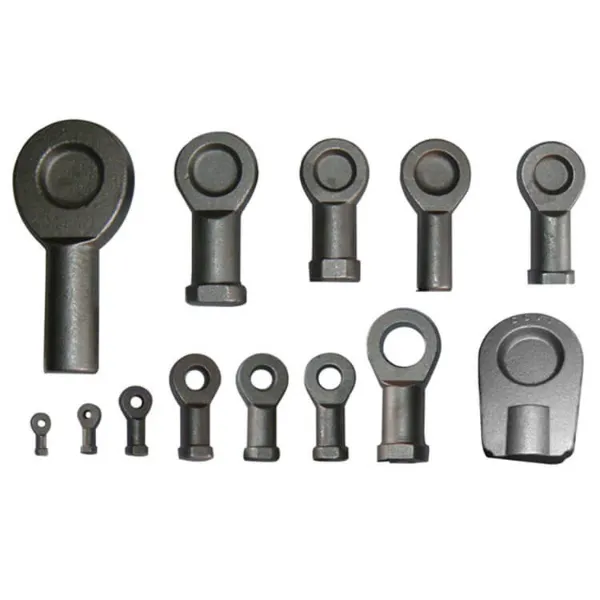
Introduction
Why Thin Walled Castings Are Critical in Modern Manufacturing
Thin walled castings play a big role in industries like automotive, machinery, and pump valves. They cut down weight, save materials, and help control costs. Lighter parts mean better fuel efficiency in cars. Factories love them for less scrap and faster production.
Challenges in Designing Thin Walled Castings
Designers face issues like shrinkage cavities, warping, and stress hotspots. These problems hit harder than in thick walled parts. Thin sections cool fast, leading to uneven contraction. Thick castings forgive more errors. Thin ones demand precision from the start.
Material Selection for Thin Walled Castings
Choosing the Right Metal Alloy
Aluminum alloys shine for thin walls. They flow well and weigh little. But they bend under heat. Steel offers strength yet shrinks more, making defects common. Ductile iron strikes a balance with good toughness and machinability. Pick based on the part’s load. Aluminum suits lightweight auto brackets. Steel fits heavy machinery frames.
How Material Properties Affect Casting Accuracy
Flow matters most. Alloys with high fluidity fill thin molds without gaps. Thermal expansion swings cause cracks if not matched to the mold. Shrinkage rates vary. Aluminum pulls back 5 7%, steel up to 2%. Calculate it early. Poor flow leads to cold shuts. High expansion mismatches warp the piece. Test samples help spot these early.
Design Principles for Better Accuracy
Wall Thickness Optimization
Keep walls uniform. Vary too much, and stress builds at transitions. Aim for 2 5 mm in aluminum, thicker in iron. Uniform thickness evens cooling. It cuts warping risks. Sometimes, a slight taper works. Designers often overlook ribs here, but they tie in later.
Draft Angle and Fillet Design
Add draft angles, 1-2 degrees usually. They ease mold release and trim deformation. Fillets round sharp corners. Sharp edges crack under stress. A 3 5 mm radius softens flow and boosts strength. Without them, parts stick or distort. Simple fix, big payoff.
Ribs and Supports for Structural Integrity
Ribs stiffen thin walls without adding bulk. Place them perpendicular to main stress lines. Supports prevent sagging during cooling. Too many ribs trap air, causing porosity. Balance is key. In practice, finite element analysis guides placement. It keeps the part rigid yet light.

Mold and Process Considerations
Choosing the Right Mold Type
Sand casting works for prototypes, cheap and flexible. Precision casting, like investment, nails tolerances for complex shapes. Die casting pumps high volume with thin walls under pressure. Sand suits low runs in pump valves. Die excels in auto parts. Pick by volume and detail needs. Each has trade offs in cost and speed.
Gating and Risers Design
Gates control metal flow. Thin sprues feed evenly to avoid turbulence. Risers feed shrinkage spots, placed at thick sections. Bottom gating reduces oxides in thin pours. Poor design invites gas holes or shrinks. Simulate it. A well placed riser saves the day more than once.
Simulation Tools to Predict Defects
CAE and flow software like MAGMASOFT predict fills and cools. They flag shrinkage before pouring. Input alloy data, mold geometry. Run scenarios. It’s not foolproof, but cuts trials. Many shops skip it for cost, yet it pays off in scrap savings. Visuals show hot spots clearly.
Quality Control and Post Processing
Dimensional Inspection Techniques
3D scanning captures full geometry fast. CMM probes key points with micron accuracy. Scan post casting to baseline. CMM verifies tolerances. Combine them for full checks. Scanning spots warps humans miss. It’s standard now in precision work.
Heat Treatment and Stress Relief
Annealing relieves internal stresses. It stabilizes dimensions. For aluminum, T6 temper boosts strength without much distortion. Iron needs slower cycles to avoid cracks. Time it right. Untreated parts shift in service. Heat soaks even out the microstructure.
Surface Finishing and Machining
Deburr edges first. Grinding or shot blast smooths. Machining trues critical faces. CNC holds tight tolerances. Finish early to avoid handling dents. Surface quality ties to corrosion resistance. A clean part lasts longer.
Case Studies / Practical Tips
Successful Thin Walled Casting Examples
Baoqi leverages advanced thin walled casting techniques, precise mold design, and cutting edge simulation tools to deliver high accuracy, reliable castings, ensuring optimal performance for automotive, machinery, and industrial applications.
Common Mistakes and How to Avoid Them
Designers forget draft, sticking molds. Add it always. Wrong alloy choice spikes shrinkage. Test fluidity first. In processes, skimpy risers cause voids. Size them per simulation. Material mismatches with molds lead to cracks. Match coefficients. These slips waste metal and time.
Conclusion
Key Takeaways for Designing Accurate Thin Walled Castings
Uniform thickness, smart drafts, and ribs build accuracy. Select alloys for flow and shrink. Simulate defects. Inspect rigorously. Post treat for stability.
How Baoqi Supports Customers with Precision Casting Solutions
Baoqi offers tailored precision casting, from design to finish, ensuring thin walled parts meet specs.
FAQ
Q1: What is the ideal wall thickness for thin walled aluminum castings?
Usually 2-4 mm. It balances flow and strength without excess weight.
Q2: Why do thin walled castings warp more than thick ones?
Fast cooling in thin sections causes uneven shrinkage. Thick parts cool slower, more uniformly.
Q3: How does simulation software help in casting design?
It predicts flow, cooling, and defects, letting tweaks before production to save costs.
Q4: What role do risers play in thin walled castings?
They supply extra metal to hot spots, feeding shrinkage and preventing cavities.
Q5: Can heat treatment fix dimensional inaccuracies?
Yes, it relieves stresses and stabilizes size, but design right from the start.








